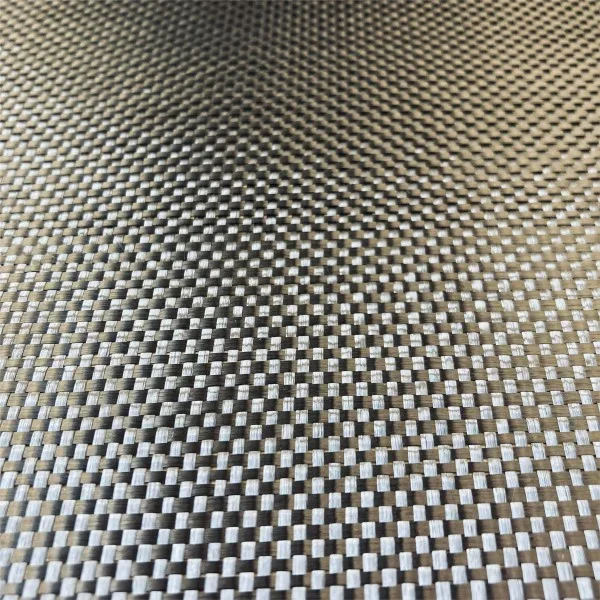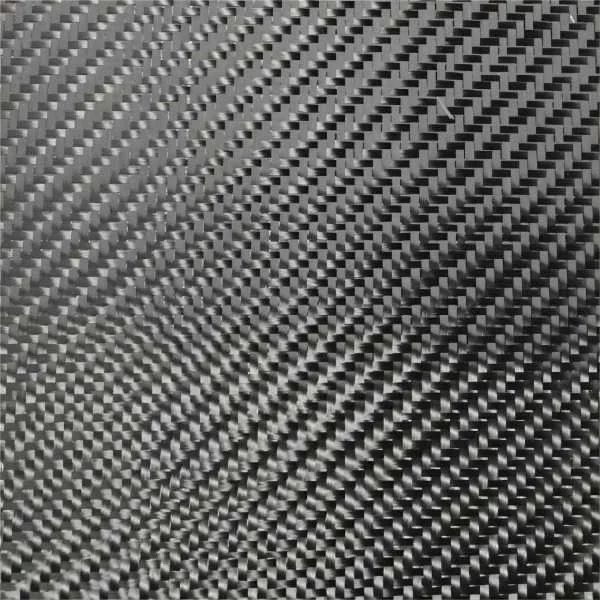When it comes to reinforcing your projects, the choice between unidirectional and bidirectional carbon fiber fabric is crucial. While unidirectional fabric provides strength in one direction, bidirectional fabric offers strength in two directions simultaneously. This versatility allows you to enhance both stiffness and durability in your applications, making it a popular choice for various industries. By understanding the benefits of bidirectional carbon fiber fabric, you can optimize your projects for superior performance and longevity.
Carbon Fiber Basics
Unique Properties
Carbon fiber is a strong and lightweight material made from carbon atoms bonded together in crystals. You might be fascinated to know that carbon fibers are about 5-10 micrometers in diameter and composed mostly of carbon atoms. This composition results in a material that is five times stronger than steel but weighs two-thirds less.
Manufacturing Process
During the manufacturing process, carbon fiber fabric is created by weaving together thousands of carbon filaments into yarns. These yarns are then coated with a resin, typically epoxy, to form a flexible cloth-like material. The next step involves curing the resin at high temperatures to create a rigid structure. This meticulous process ensures that the final product retains its exceptional strength and durability.
Key Characteristics
One key characteristic of carbon fiber fabric is its high tensile strength, making it ideal for applications where lightweight materials with high rigidity are required. carbon fiber exhibits excellent resistance to corrosion, fatigue, and temperature variations, further enhancing its appeal across industries such as aerospace, automotive, and sports equipment manufacturing.

Comparing Uni and Bidirectional Fabrics
Structural Differences
Unidirectional fabric consists of fibers running in a single direction, providing optimal bonding in that direction. On the other hand, bidirectional fabrics have fibers running in two directions, offering balanced strength in both directions.
SRS-600UNI vs. SRS-660BI
The SRS-600UNI fabric is a unidirectional fabric with fibers all oriented in one direction, making it ideal for applications requiring strength along a specific axis. In contrast, the SRS-660BI fabric is bidirectional, featuring fibers running both horizontally and vertically for enhanced overall strength.
Weaving Techniques
In unidirectional fabrics, fibers are arranged parallel to each other, typically using techniques like plain weave or twill to ensure maximum strength along the fiber orientation. Conversely, bidirectional fabrics involve weaving techniques that intertwine fibers both horizontally and vertically to distribute strength evenly in multiple directions.
When selecting between unidirectional and bidirectional carbon fiber fabrics, consider your project's requirements for directional strength and overall structural integrity. Each type offers unique benefits based on the application's needs.
Advantages of Bidirectional Fabric
Versatility
When using bidirectional fabric, you benefit from its versatility. This type of fabric can be easily manipulated to suit various shapes and designs, making it a great product for a wide range of applications.
High Strength
Bidirectional carbon fiber fabrics are known for their high strength properties. The twill weave structure of SRS-660BI fabric further enhances its strength, ensuring durability and reliability in demanding situations.
Specific Applications
In specific scenarios where you need great strength in multiple directions, bidirectional fabrics outshine unidirectional ones. The ability of bidirectional fabrics to provide strength along two axes makes them ideal for applications requiring multidirectional reinforcement.

When to Choose Bidirectional Over Unidirectional
Structural Considerations
Bidirectional carbon fiber fabric is a versatile material that offers unique advantages in specific scenarios. When considering directional tow orientation, choosing bidirectional over unidirectional fabrics depends on various factors.
In projects requiring balanced strength in multiple directions, bidirectional fabrics excel. The cross-weave pattern of bidirectional fabrics provides strength along both the warp and weft directions, offering enhanced structural integrity.
Strengths Advantage
Bidirectional fabrics are ideal for applications where uniform strength distribution is crucial. The symmetrical fiber arrangement ensures that strength is evenly distributed in two perpendicular directions, making it suitable for components subjected to multi-directional forces.
In scenarios demanding enhanced impact resistance and stiffness, bidirectional fabrics shine. The ability of these fabrics to provide stiffness and durability in two primary directions makes them a preferred choice for projects requiring resilience against varying loads.
Versatility in Projects
When working on projects that require a balance between strength, weight, and flexibility, opting for bidirectional carbon fiber fabric can be advantageous. The ability of these fabrics to offer a blend of properties makes them suitable for a wide range of applications, from aerospace components to automotive structures.
Guidance on Applications
Best Applications for SRS-600UNI
Bidirectional carbon fiber fabric, such as SRS-600UNI, excels in applications requiring strength in both directions. For instance, when repairing concrete structures, this fabric is ideal due to its ability to provide reinforcement in multiple orientations. It works exceptionally well in scenarios where you need uniform strength across different angles and degrees.
Specific Uses of SRS-660BI
When it comes to structural strengthening projects, the bidirectional fabric SRS-660BI offers unique benefits. Its design allows for efficient lay-up, making it suitable for projects that demand high tensile strength along various axes. In industries like construction and infrastructure, this fabric is your go-to choice for reinforcing structures with excellent yardage coverage.
Importance of Selecting the Right Fabric
Selecting the appropriate carbon fiber fabric is crucial for ensuring the success of your project. By choosing the right fabric based on your application's specific requirements, you can optimize strength-to-weight ratio, avoid potential issues, and streamline the overall process. Whether it's about shipping weight considerations or achieving the desired level of reinforcement, picking the correct fabric type is key to a successful outcome.

Summary
You've now gained a solid understanding of bidirectional carbon fiber fabric, its advantages over unidirectional fabrics, and the scenarios where it outshines them. With this knowledge, you can confidently select the most suitable fabric for your specific application, ensuring optimal performance and durability. Whether you're in the aerospace industry, automotive sector, or engaged in sports equipment manufacturing, choosing the right fabric is crucial for achieving desired results.
As you delve into your next project requiring carbon fiber materials, remember to consider the unique characteristics and benefits of bidirectional fabrics. By leveraging their properties effectively, you can enhance the strength and versatility of your products. Stay informed about advancements in carbon fiber technology to continually refine your manufacturing processes and stay ahead in your industry.

